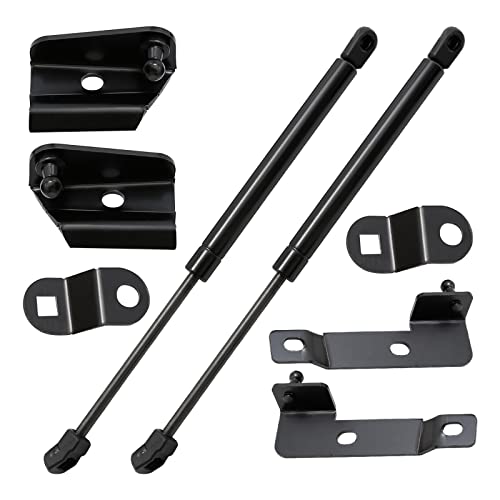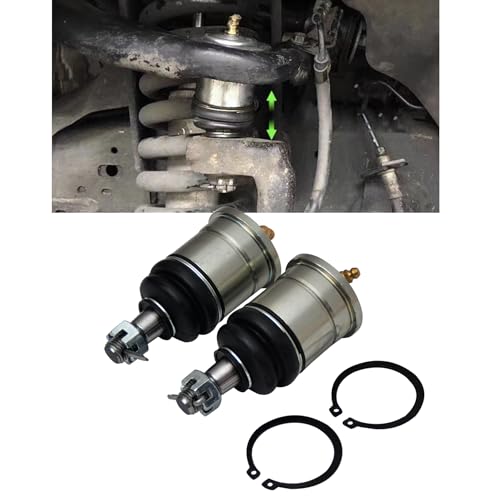FrootStik
Member
Hey all
Just looking into getting a dual battery setup in my Nav when it gets here.
I was wondering what everyone else has done with their installs, as i have seen a few different things?
Im no good with this sort of stuff, but if it gets put in the tray, does it still get wired up so it will charge and not drain the main battery? In my old Patrol i had the 2 batteries under the hood, with a piranha isolator set up.
I also wouldn't mind a setup that i can plug my solar panel into also.
Any ideas or pictures of your setups?
Thanks
Just looking into getting a dual battery setup in my Nav when it gets here.
I was wondering what everyone else has done with their installs, as i have seen a few different things?
Im no good with this sort of stuff, but if it gets put in the tray, does it still get wired up so it will charge and not drain the main battery? In my old Patrol i had the 2 batteries under the hood, with a piranha isolator set up.
I also wouldn't mind a setup that i can plug my solar panel into also.
Any ideas or pictures of your setups?
Thanks
























